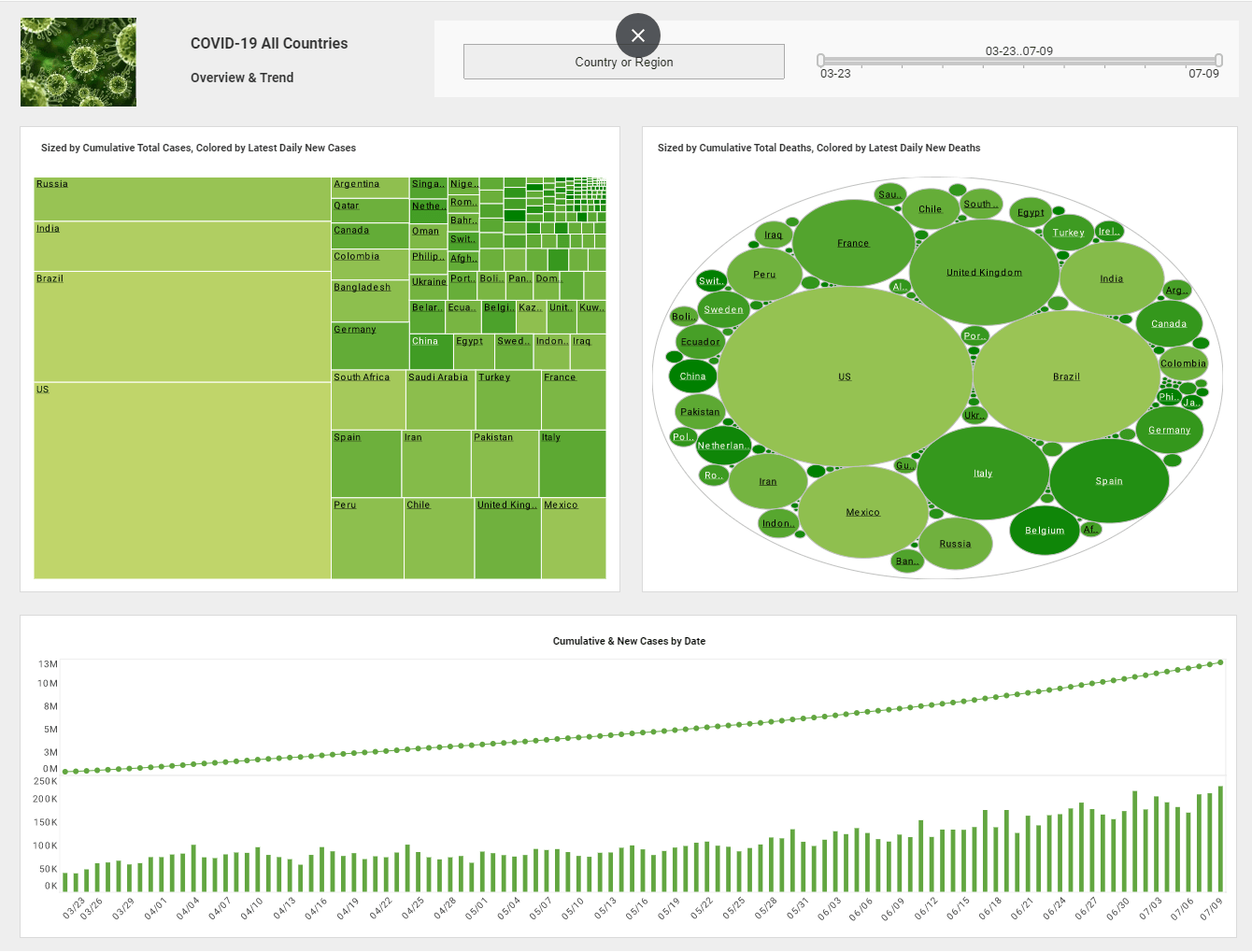Understanding MDM - Definition and Basics
This is the transcript of a Webinar hosted by InetSoft on the topic of "Understanding Master Data Management." The speaker is Mark Flaherty, CMO at InetSoft.
There’s a lot of talk about master data management, otherwise known as MDM, these days. But MDM can be defined very differently at different organizations, we’ve learned. In fact, experts tell us there are three distinct styles of MDM which require different approaches, different tools, and different best practices.
So, today we’re learning more about these three styles of MDM, often referred to as operational, analytical and enterprise MDM. Let’s start with a level set by sharing a basic definition of master data management, ideally also using basic terms that are easy for CEOs or high level management to understand.
Well, of course that’s always a little bit more difficult, but let me give you a couple different definitions. If I’m talking to a business person, I’m probably not even going to use the word MDM, at least certainly not in the first 30 seconds, and it also going to depend on what industry that executive or business person is in. If the person is in retail or financial services, I’m going to talk to the person about customer data integration because that’s their pain point. That’s what they see is their issue with data.
Defining Master Data Management in Basic Terms
If they’re in industrials or consumer products or medical devices, hospital supply, somebody who manufactures products, I’m going to talk to them about products. I am probably not going to mention MDM again but talk to them about product integration, supply integration. And if they’re in health care, I am probably going to talk to them about patients, doctors and diagnostic codes, things that, again, mean something to them.
I’m going to talk about the fact that their data, be it customers, products, patients, whatever, is integrated and they’re having trouble getting single lists together so that they can reach their customers, work with their suppliers, figure out what they’re doing with their products or patients. So that’s basically what I’m going to talk to them about.
If they’re a CIO or IT, then I’m going to use the acronym MDM and talk to them about master data management is really reference data, a list of products, parts, etc. Dimensional data if they do data warehousing, I’ll use that buzz word. Just putting these things together and being able to manage them consistently.
So it’s going to depend on who I’m talking to. Let’s start by explaining the basic styles of master data management which are referred to as operational, analytical, and enterprise MDM. And we’ll talk about how they differ from one another.
Understanding the Different Styles of Master Data Management
The reason why it’s important to provide the definition of master data management is because often times people group a concept like master data management, and all of a sudden it’s all things to all people. And you have got to step back from that and really think about where your pain points are in the business and then your IT systems.
On the operational side, if you have an operational focus, the problems that you’re encountering are probably with data synchronization. You have the product list. You have an Oracle or SAP implementation or multiple instances of those. And you’re trying to get the master list of customers or master list of products or suppliers coordinated between those different ERP systems. So you’re going to look at the problem of how do I get it so I can manage my business effectively and efficiently.
If you’re on the analytical side, you’re not so much worried about getting a coordinated list of products or customers in the ERP systems. What you’re really trying to do is you’re trying to look at reporting and analysis of those customer lists so you can do campaign management, up-sell, cross-sell your customers. So you’re really more on the data warehousing, the business intelligence, performance management side as far as where your pain points are, and where you’re going to coordinate the customer list, product list, etc.
Choosing the Right Style of MDM
And the third area is the enterprise, and that’s where it’s a much, much bigger problem for you. You’re having inconsistent product information or customer information all the way from your enterprise resource planning system to your financial systems all the way through your reporting and analytics and beyond, and that’s a much, much bigger problem that you need to deal with.
Choosing the right style of master data management depends on your organization's specific needs and challenges. For some, operational MDM is critical to ensure that day-to-day business processes run smoothly and that data is consistent across transactional systems. Others may prioritize analytical MDM to support advanced reporting, business intelligence, and strategic decision-making. Enterprise MDM, meanwhile, is often necessary for organizations facing complex data integration issues across multiple departments and systems.
Implementing MDM successfully requires collaboration between business and IT stakeholders. Business users must clearly articulate their pain points and requirements, while IT teams need to select and configure the appropriate tools and technologies. It’s also important to establish data governance policies to maintain data quality, consistency, and security throughout the organization.
Ultimately, master data management is not a one-size-fits-all solution. Organizations should assess their current data landscape, identify their most pressing data challenges, and choose an MDM approach that aligns with their strategic objectives. By doing so, they can unlock the full value of their data assets and drive better business outcomes.



